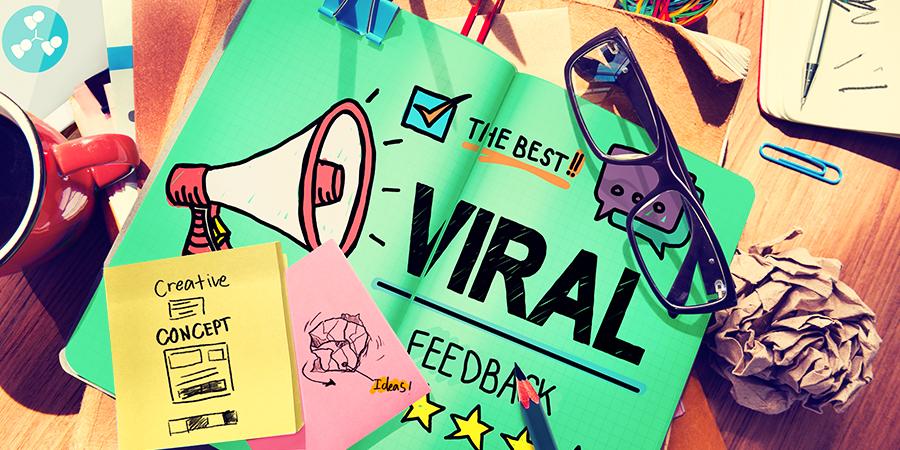In today’s digital world, viral content is the ultimate goal for many marketers, influencers, and brands. But what makes some posts, videos, or articles spread like wildfire while others barely get noticed? The psychology behind viral content is deeply rooted in human behavior, emotions, and social connections. Understanding these factors can help creators craft shareable content that resonates with audiences.
1. Emotional Triggers Drive Sharing
One of the most potent drivers behind viral content is emotion. Studies show that people are more likely to share content that evokes strong positive or negative emotions. The most shareable emotions include:
Awe and Inspiration: People love stories of extraordinary achievements, breathtaking visuals, or unexpected acts of kindness. Content that inspires awe often encourages people to share it with their friends and family.
Humor and Joy: Funny memes, witty tweets, and hilarious videos go viral because laughter is a universal human experience. When something makes people laugh, they naturally want to pass it along.
Anger and Outrage: Controversial or shocking content can spread quickly because it provokes strong reactions. Political scandals, social injustices, or corporate misdeeds often go viral due to the collective frustration they generate.
Fear and Anxiety: People share content that warns others of potential dangers, whether about health risks, cyber threats, or financial scams.
2. Social Currency: The Desire to Look Smart or Cool
People share content that makes them look good in front of their peers. This is known as social currency—the idea that sharing valuable or interesting information enhances a person’s status. If content makes someone seem knowledgeable, funny, or insightful, they are likelier to pass it along.
For example, an article about a groundbreaking scientific discovery or an exclusive behind-the-scenes video of a celebrity is likely to be shared because it makes the sharer feel like they’re in the know.
3. The Power of Storytelling
Humans are wired for storytelling. A compelling narrative engages people emotionally and makes content more memorable. Viral content often follows a storytelling arc that includes:
A relatable protagonist
A conflict or challenge
A resolution or surprising twist
For example, viral social experiments, personal success stories, and underdog victories often follow this structure, making them highly shareable.
4. The Influence of Social Proof
People tend to copy the actions of others, a psychological phenomenon known as social proof. When content has many likes, shares, or comments, others perceive it as valuable and are likelier to engage with it.
This is why influencers and brands often use engagement-boosting tactics, such as asking for shares or leveraging hashtags to increase visibility.
5. Practical Value: Helping Others
People love to share content that provides valuable information, whether it’s life hacks, how-to guides, or expert tips. This is why DIY videos, recipes, and financial advice often go viral. When people find content that benefits them, they want to help others by sharing it.
6. The Role of Timing and Trends
Timing is everything when it comes to virality. Content that aligns with current events, pop culture, or trending topics is more likely to be shared. For example, memes related to major sports events or viral challenges spread rapidly because they tap into what people already discuss.
Conclusion
At its core, viral content leverages human psychology—our emotions, social connections, and desire for validation. By creating content that evokes strong emotions, tells compelling stories, provides value, and aligns with trends, creators can significantly increase their chances of going viral. While there’s no guaranteed formula for virality, understanding these psychological principles can undoubtedly improve the odds.

